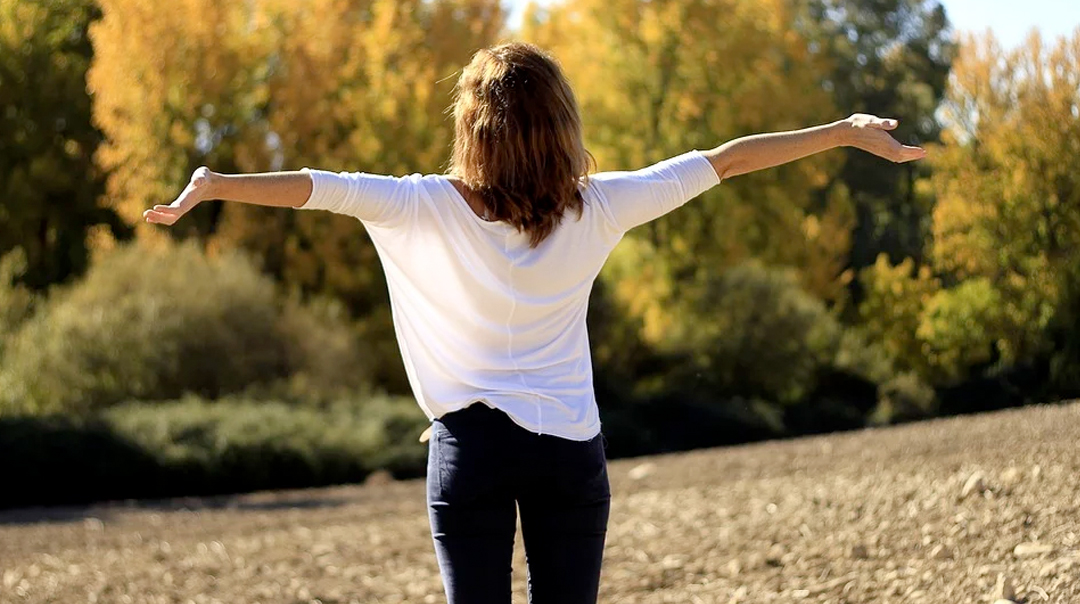Breathing
Sit still, take a deep breath and fill your rib cage. Now do it again and begin to notice where your air is moving. Is your rib cage expanding in the front and sides? What about the back? Are the sides equal?
If expanding your rib cage is hard for you or you lack expansion into the front, side, or back, you may have some thorax restrictions.
Understanding the thorax:
The thorax in other words, is the area involving your ribcage and everything underneath it. The thorax consists of a hard frame, soft frame, and visceral frame.
The “Hard Frame” involves the bones of the ribs, thoracic spine, and sternum; there are 150 connections involved in the hard frame in order to make it flexible!
The “Soft Frame” is made up ligaments, fasciae, and muscles that support the viscera underneath; the soft frame is suspended & supported by the hard frame
The “Visceral Frame” is made up of the heart and lungs.
Our “breathing” muscles:
Muscles allow us to breath; all muscles that are attached to the thorax have a role in respiration. For quiet breathing we rely on intercostal muscles and the diaphragm to contract and relax due to changing pressure within our lungs. For deep breathing, we begin to use bigger muscles to expand and relax our rib cage. Some of these muscles are attached up higher to our neck, some anchor the rib cage downward, and some are attached to different points in our back. In order words, the majority of our body is involved in breathing!
What happens when there is a restriction?
When we have a restriction, our thorax is able to compensate or “deal” with the issue for while. After awhile a single restriction can disturb this complex mechanical structure and start to show symptoms of breathing issues, cough or sneezing, voice changes, noisy breathing, back pain, neck stiffness, lack of energy among other things.
Possible causes of breathing issues include trauma to area, surgery, pollutants, allergies, abdominal organ issues, or emotional disturbances.
How can Osteopathy help?
Using a mix of osteoarticular (joint work), soft tissue (muscle, ligaments), and visceral techniques can address restrictions in the thorax. You might find your practitioner working the thorax, neck, or even the abdomen or low back, due to the complex connections with it’s surrounding area.
Stretching for the thorax:
#1 Sitting cross-legged on the floor, place your left hand on the floor. Reach straight up with the right arm, feeling an opening in the right side of your rib cage, breath deep. To increase an opening stretch, keeping right are arm straight, start to bend torso towards left side, hold and breath deep for 3-5 breathes.
Repeat on opposite side.
#2 lying on back with arms straight out to sides, bend your knees. Let knees fall to right side and head turn to left, feeling a stretch in left side of rib cage, breath deep for 3-5 breathes.
Repeat on opposite side.
Want to learn more? Why not book an appointment with Carolyn today!




Recent Comments